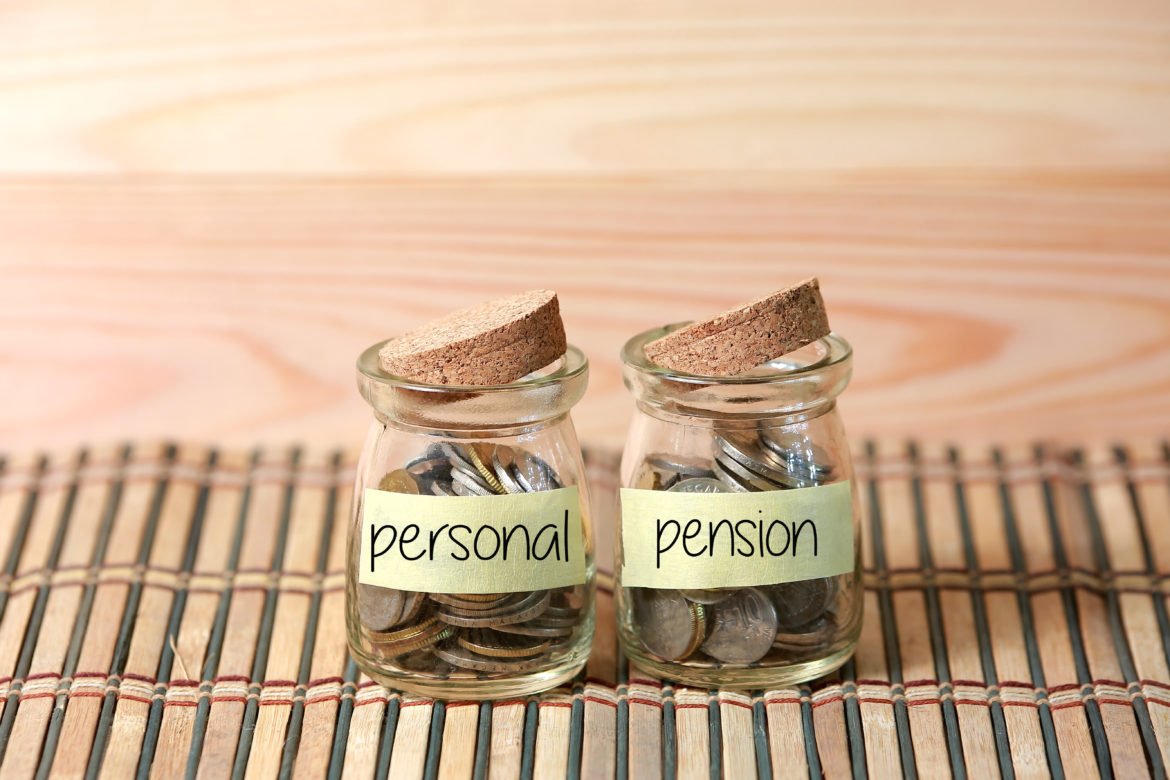T]here are lots of articles out there about financial resolutions for the upcoming new year, such as reducing your credit card balance, paying off some of your mortgage or saving for a rainy day. But rarely do you hear about the benefits of actually saving through your company pension plan.
In Bermuda, if you are working full time, chances are you are part of the National Pension Scheme (NPS). Every month five per cent is automatically deducted from your earnings, which your company will match, and those contributions will be placed into a pension under your name to be used during the course of your retirement.
If you think about it, your life is really in three parts:
Your early years (infancy, living with your parents, schooling)
Your working years (making money, looking after a family)
Your retirement years (spending money)
But what a lot of people don’t think about is that the second part – your working years which has to financially fund two-thirds of your life, i.e. your working years and retirement years.
With the Pension Act only coming into effect in 2000, this has given people a mere 18 years of compulsory pension savings, which would lead to the conclusion that many people probably don’t have enough money in their pension to retire on.
The simplest way to build extra money for retirement is through voluntary contributions in your pension plan.
The most important step is to confirm if your company pension plan allows its employees to make additional contributions into the plan. If your company’s pension plan does allow this, then you really should consider choosing this method for saving additional funds for retirement.
The second most important step is to create a budget to ensure you can comfortably afford to shift some of those dollars currently being deposited into your bank account into your pension plan instead.
Think “new year, new budget”, and the easiest and most effective way is with a simple budget spreadsheet: creating a budget with a template will help you take control of your finances and determine how much money can be redirected straight from your paycheque to your pension account instead of your bank account.
Once you have crunched your numbers, determine how much you think you can have additionally taken off your paycheque and put directly into your pension plan. Perhaps it’s only an additional one per cent per month deducted from your paycheque until you are comfortable with a higher amount being redirected into your pension plan.
I personally started with an additional two per cent per month, and whenever I was given a cost of living pay rise, I would increase my pension contributions by that percentage – ALWAYS PAYING MYSELF FIRST. Would I have preferred to keep the additional money from the pay increase instead of directing it into my pension? Yes! But I also recognised that, for myself, my pension will be the majority of my retirement income and I need to be dedicated to the cause.
The great thing about voluntary pension contributions is they are NOT locked in, so if an emergency does arise, you can access those funds without too much trouble. In addition, you can stop and start voluntary contributions whenever you want – so if something comes up and you find things are too tight, stop the voluntary contributions for a few months until things are back on track and then simply start up again.
The third step is to ensure your investment selection for your company pension plan matches your needs: it’s about your investment goals, your investment time horizon, and most importantly, your tolerance to risk.
Considering your time horizon is essential; at what point on your life timeline do you plan on retiring? It could be early retirement starting at age 55, standard retirement at age 65, or even later. It sounds like an easy question, but without an answer, you are not creating an end game and it makes planning for retirement even harder. I plan to retire at age 60, which means I have 18 plus years until I retire; however, I need to make sure what I have at retirement can provide me with 25-plus years of retirement income. The longer your time horizon, the better equipped you are to ride out any market fluctuations and benefit from compounding interest on the investments, and the more time you will have to save more money.
Once you have figured out your time horizon, you must think about how it relates to investment risk – the simple question is: How much risk are you willing to bear for the potential investment reward, and if that investment goes pear-shaped, how much time do you have to recover?
The greater the risk, the greater the potential for a higher reward, similarly, the lower the risk, the greater the potential for a lower reward. If you are closing in on retirement, then taking a lot of risk would not make sense as you don’t have the time to recover from investment fluctuations.
However, if you are 15, 20, 25-plus years away from retirement, then taking more risk for the long-term growth potential would make sense as you have time to recover from any investment downturns.
Putting extra money away in your pension gives you more potential to grow your retirement savings faster and the ability to diversify into investments that may not be available outside of a pension plan.
At the end of the day, whether you earn $50,000 or $150,000 per year, making sure you can dedicate a little more to your pension can only help you in the long term and provide you with the retirement that you deserve.
 Carla Seely is the Vice President of Pension and Investments at Freisenbruch-Meyer. If you would like any further details, please contact her at [email protected] or call 297 8686.
Carla Seely is the Vice President of Pension and Investments at Freisenbruch-Meyer. If you would like any further details, please contact her at [email protected] or call 297 8686.

